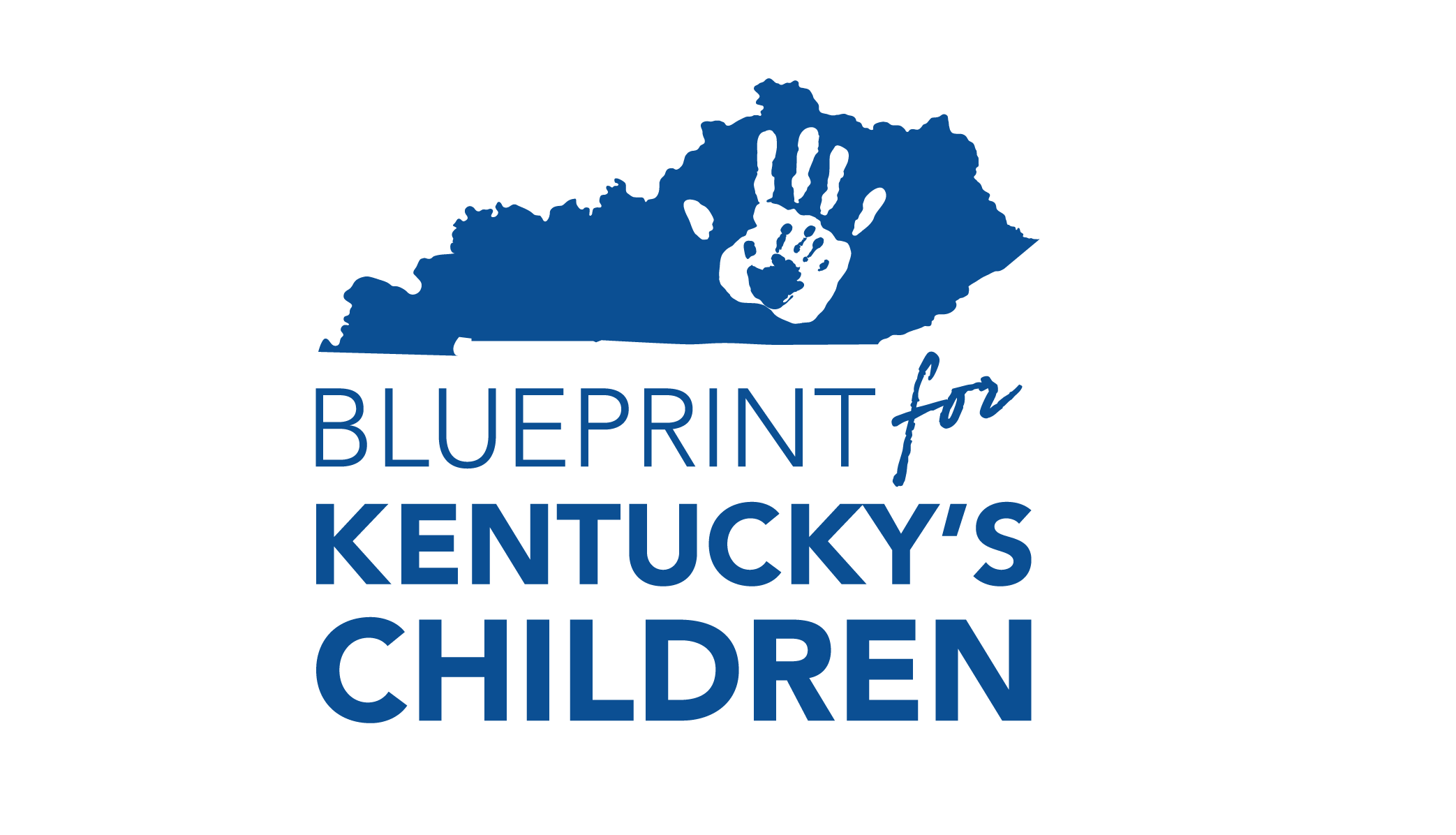Contact:
Andrea Bennett
502-381-1176
abennett@kyyouth.org
Jeffersontown, KY – How are children faring in your county? Where does your county rank on overall child well-being? What has happened in the last 25 years in Kentucky to help kids succeed?
Answers to these questions can be found in the 2015 Kentucky KIDS COUNT County Data Book released today by Kentucky Youth Advocates. This is the 25th edition of the County Data Book.
The 2015 County Data Book ranks all Kentucky counties on overall child well-being based on 16 indicators which relate to economic security, education, health, and family and community strength. It is important to note that some indicators included in the 2015 rankings are different than those included in the 2014 County Data Book. Therefore, current rankings should not be compared to last year’s rankings.
The book’s foreword by Dr. Terry Brooks, executive director of Kentucky Youth Advocates, touts a number of gains for kids in the last 25 years since the release of the first County Data Book and highlights what needs to change to help children fare better in the next 25 years.
“Governors and the Kentucky General Assembly made significant strides in policies to help kids over the last quarter century, such as the Kentucky Education Reform Act, juvenile justice reform, and ensuring more children have health insurance,” said Dr. Brooks. “But we still face dire challenges. With more than one in four Kentucky children living in poverty; almost half of fourth graders not proficient in reading; and more than one in five mothers smoking during pregnancy, we have a long way to go to get Kentucky where it needs to be for children.”
The counties with the highest overall child well-being rankings include (in order) Oldham, Boone, Spencer, Edmonson, and Calloway Counties. Owsley, Wolfe, Martin, Breathitt, and Clay Counties have the most room for improvement, scoring at the bottom of the list.
The book includes county level data on all 16 data points used to calculate the overall child well-being rankings. Several solutions exist to move these numbers in the right direction.
Poverty
The single most important inhibiter to a child’s success is poverty. Poverty impacts children’s ability to learn in school, to be healthy, and to succeed as adults. While Kentucky’s child poverty rate is currently at 26 percent, several counties have rates near or over 50 percent. With so many children living in poverty, a solution should include helping parents get and maintain good jobs. Also, expanding the Child Care Assistance Program to 200 percent of the federal poverty level would help more parents afford quality child care while they work, which is often one of the top family expenses for working parents.
Smoking during Pregnancy
It can be especially difficult to quit smoking when tobacco use is prevalent in your community. Smoking is sometimes used by pregnant women as a way to cope with stress, but the health consequences for mother and baby are severe. Smoking during pregnancy contributes to low-birthweight and preterm births. In 2011-2013, more than one in five (22.5 percent) Kentucky babies were born to mothers who smoked during pregnancy – the highest rate in the nation. County rates varied widely, from less than 14 percent in Fayette, Jefferson, and Oldham Counties, to 40 percent or more in Clay, Elliott, Lee, Owsley, and Robertson Counties. Community and statewide smoke-free policies for worksites and other public places are solutions that have been shown to reduce smoking during pregnancy.
Youth Justice
When kids mess up, it is important to hold them accountable in a way that is appropriate for their age and development and help them get back on track for success. In 2012-2014, county rates of youth incarcerated in the juvenile justice system ranged from 3.6 per 1,000 youth ages 10-17 to 96.2 per 1,000 youth ages 10-17. In recent years, Kentucky communities have made great progress in youth justice. Thanks to the hard work of the legislature and many stakeholders, a fundamental juvenile justice reform bill passed in 2014. While important progress has been made, additional steps such as not charging young children with crimes and automatically sealing or clearing records of youth who get back on track, can help further improve youth outcomes.
“We know children don’t wake up thinking, ‘I’m currently in my poverty world and now I’ll go to school to be in my education world and then I’ll go to the doctor and be in my health world.’ Kids are just kids who wake up every day with either hope or despair. So while the book looks at specific data points, we hope community leaders—both locally and at the state level—will use this as a tool to help children succeed holistically,” added Brooks.
This 25th edition of the County Data Book is made possible with support from Signature Sponsor Passport Health Plan, Diamond Sponsors Kosair Charities and Delta Dental of Kentucky, and grantor the Annie E. Casey Foundation. The 2015 County Data Book and county specific profiles for all 120 counties are available at https://kyyouth.org/kentucky-kids-count/.
The County Data Book is a county level counterpart to the 2015 national KIDS COUNT Data Book released by the Annie E. Casey Foundation in July.


Leave A Comment